I Drove The World's Only Working Skoda 1100 Race Car And It Was Incredible
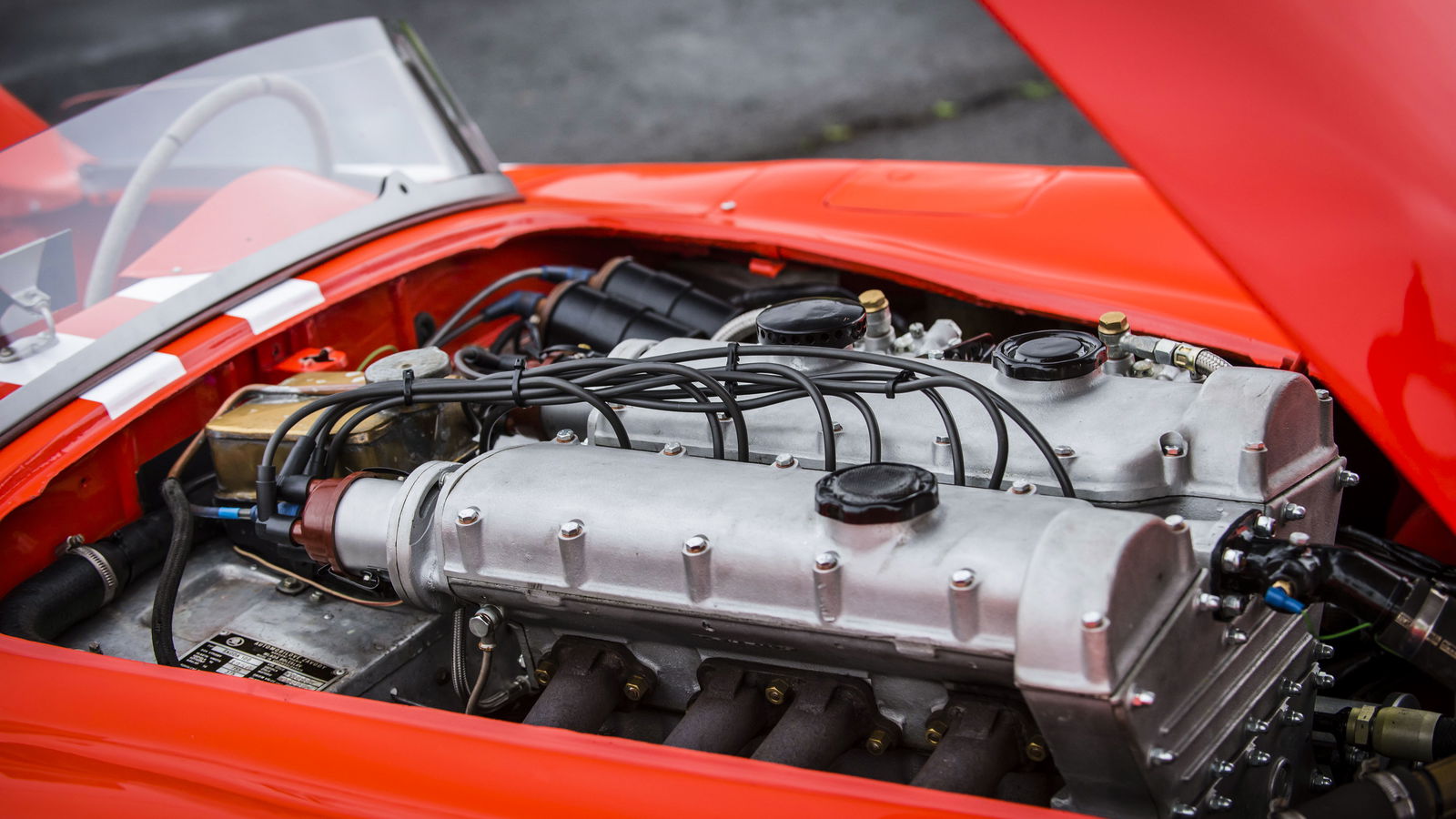
“The throttle’s been sticking open, but it’s nothing to worry about,” bellows the muffled voice of a man with his head buried under the bonnet. With his face extricated from the engine bay - revealing a gorgeous set of individual throttle bodies - I’m instructed to bang down a smattering of kill switches, should the misbehaving throttle rear its head. After all, I don’t really want to fly off track or pop the engine of an irreplaceable racing car worth £250,000.
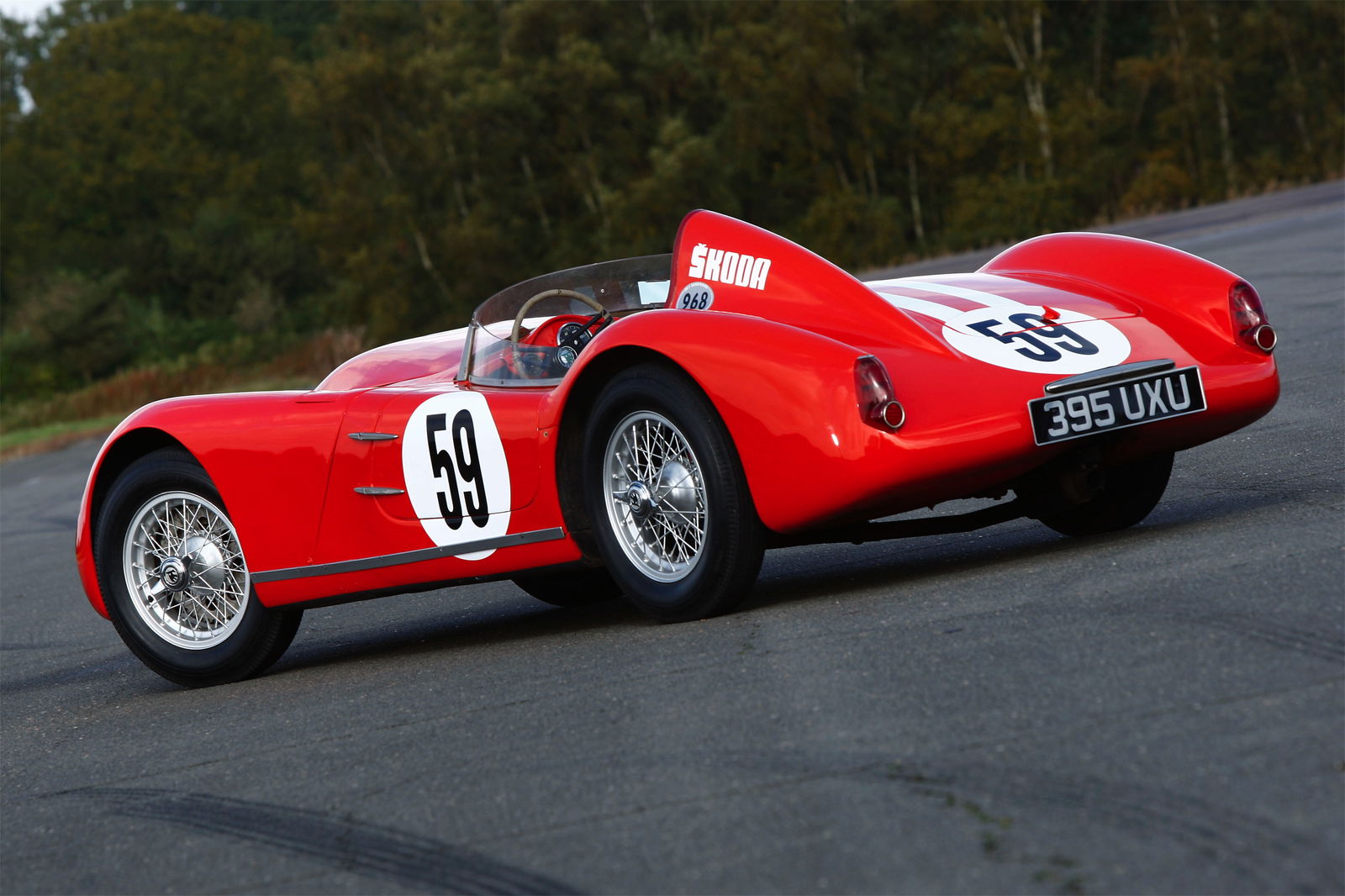
How irreplaceable, you ask? Well, this 1958 Skoda 1100 OHC Spider, this forgotten piece of the Czech company’s history, is one of only three ever built, and the only one in the world that actually drives.
It’s a curious-looking little thing: from the rear it looks purposeful, all curvaceous and with a buttress that makes you think of classic 1950s race cars like the Mercedes 300 SLR. The front meanwhile, has a friendly, almost goofy vibe about it. Just check out the wide mouth and cutesy headlights…
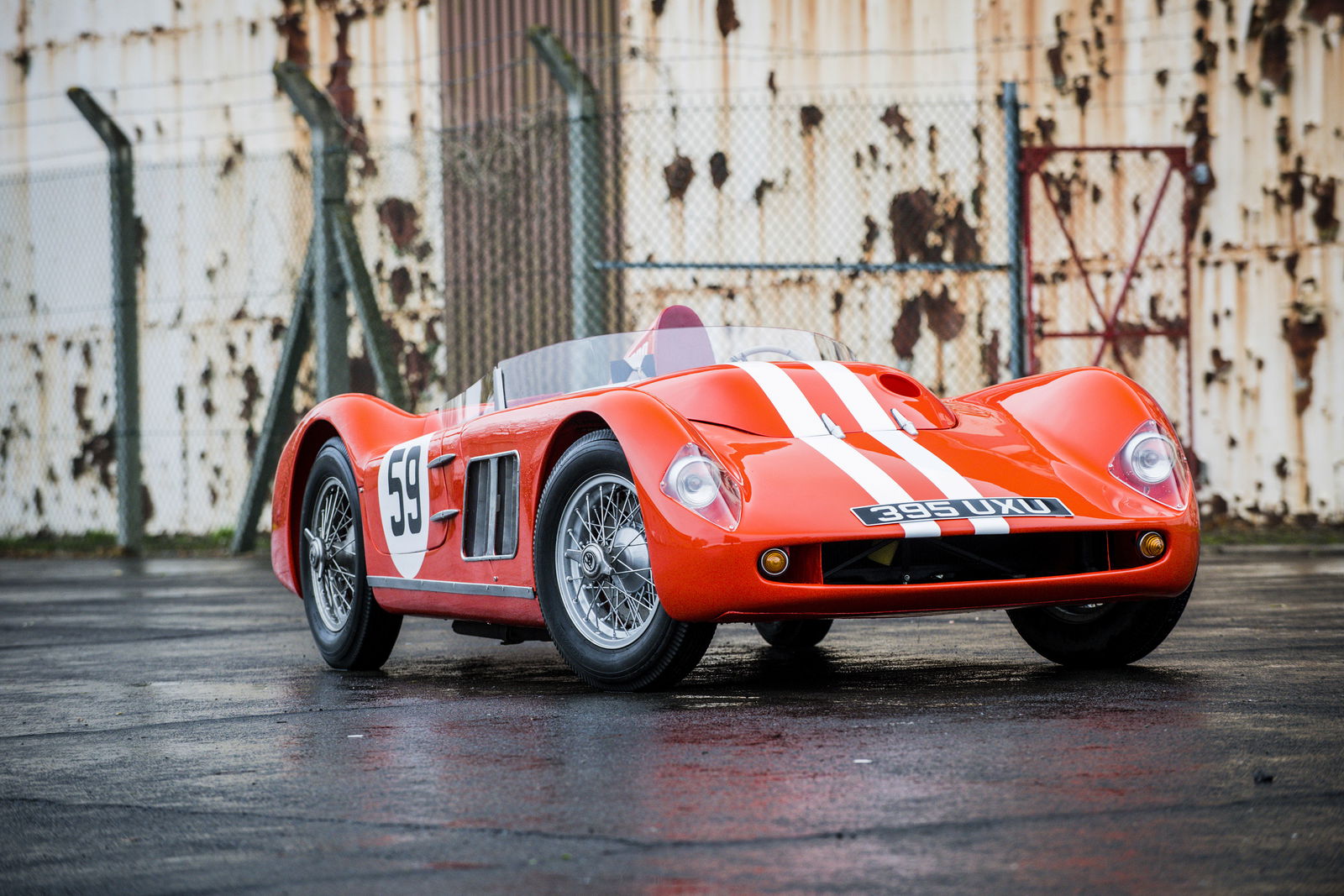
I carefully clamber in and attempt to get comfortable - only to find that a man of just over six feet doesn’t so much sit in, as sit on this car. I’ve not doubt I look particularly ridiculous (something confirmed later, after I take a look through the track-side photographer’s snaps…).
The large steering wheel - wrapped in string for the sake of grip - is pretty much on my lap, and just as I instinctively reach for a seatbelt, I discover that this thing doesn’t have any. I decide I’m OK with that, as in the event of a crash, I’d probably rather perish than live with the knowledge that I’d binned something so precious.
An open-face helmet perhaps isn’t the best headgear considering the 1100’s diddy windscreen is doing nothing to deflect the prevailing conditions
The car’s tubular steel chassis is visible beneath me in a cabin that consists of little else than a pair of bucket seats and a few dials. The car’s already running - idling loudly and uneasily - so it’s time to get moving and get on track. Dipping the clutch is a peculiar experience; the pedal is firm and feels as though it curls over during the last bit of travel.
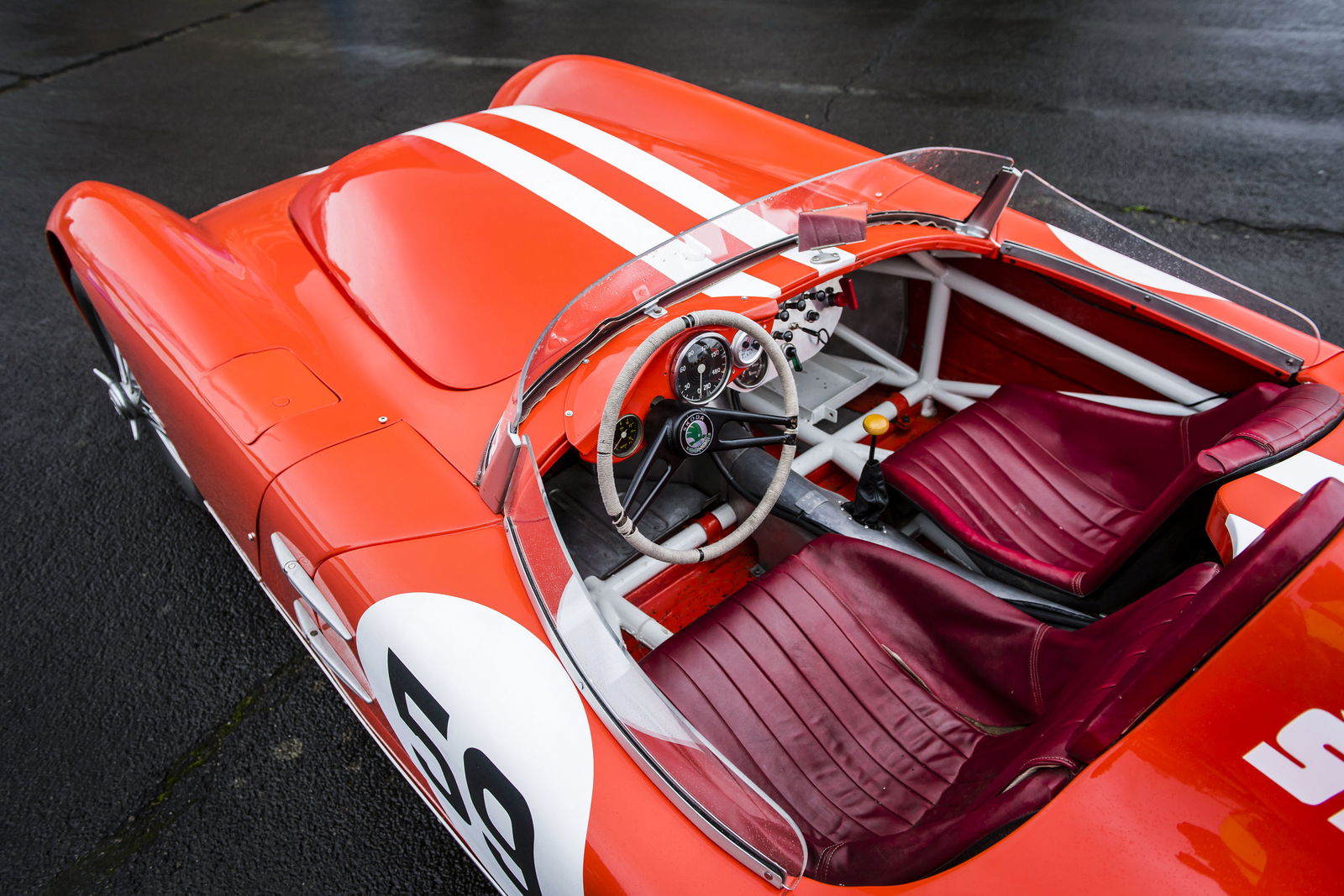
Gingerly engaging first gear and feeling an unsubtle mechanical clunk beneath me, I gently pull away (not stalling, I might add) and notice that the group of guys that look after this car are clearly not worried. Why aren’t they worried, shouldn’t they be worried?
Trying not to think about the team’s perhaps misplaced faith, I venture onto the circuit, short-shift into second and start to build up the pace. An open-face helmet perhaps isn’t the best headgear considering that the 1100’s diddy windscreen does pretty much nothing to deflect the prevailing conditions - lots of wind and rain - but that doesn’t stop me from being utterly beguiled by this car within the first few hundred yards.
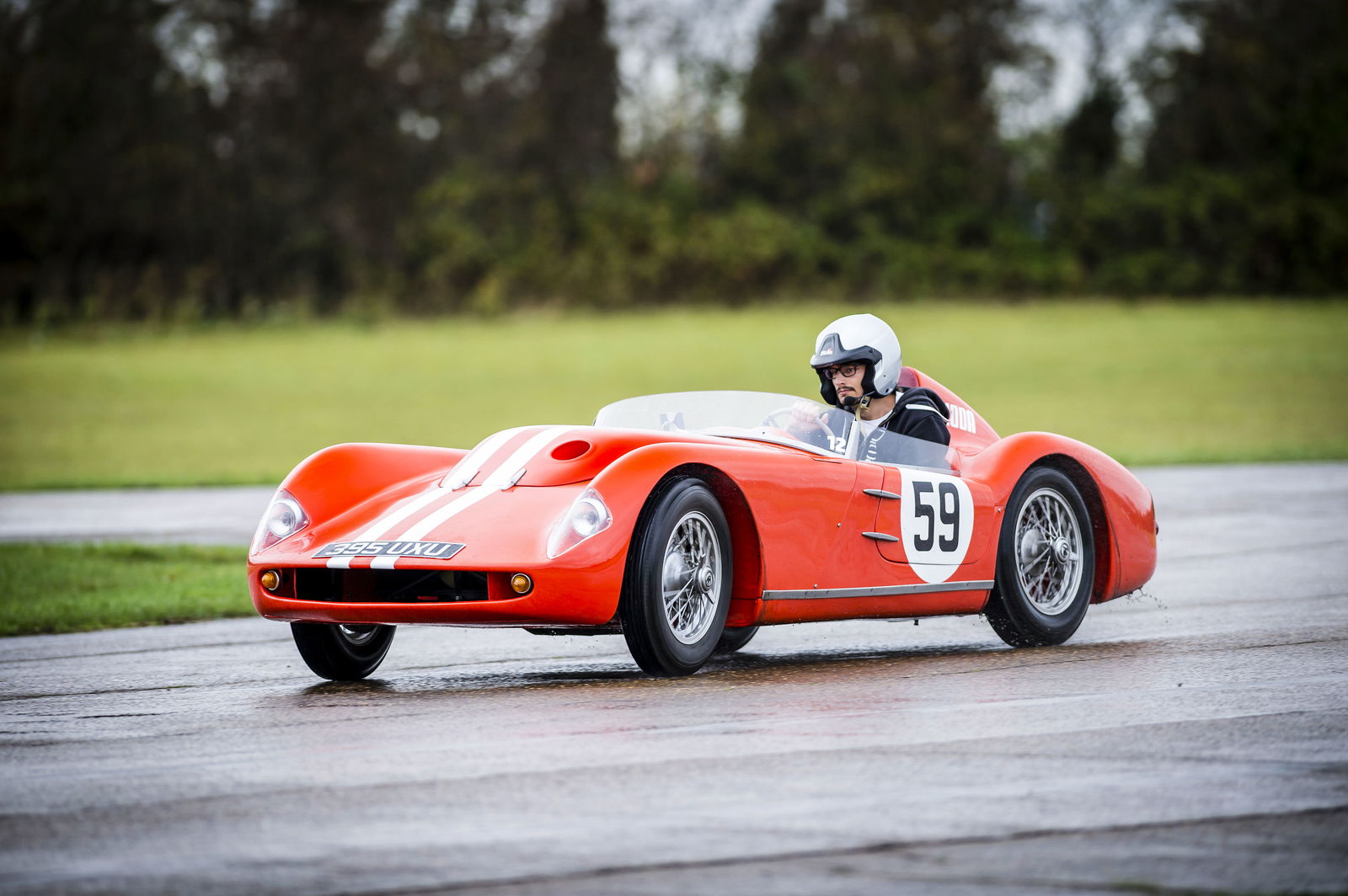
It takes a few goes to get used to the shift action, but it’s a surprisingly sweet change. And sure, the steering wheel is gigantic and in just about the worst position for me, but work around it and you’ll find a nicely direct setup.
Entering the back straight, the back end gracefully pops out a little, despite the fact I’m still trying to be gentle with the old thing. That’s cross-ply tyres for you. However, just as I’m contemplating how I’ll take the next few corners a little quicker to enjoy the 1100’s easy-to-correct, slidey nature in these conditions, I hit a snag during my first bout of heavy braking: I can hear the engine revving up.
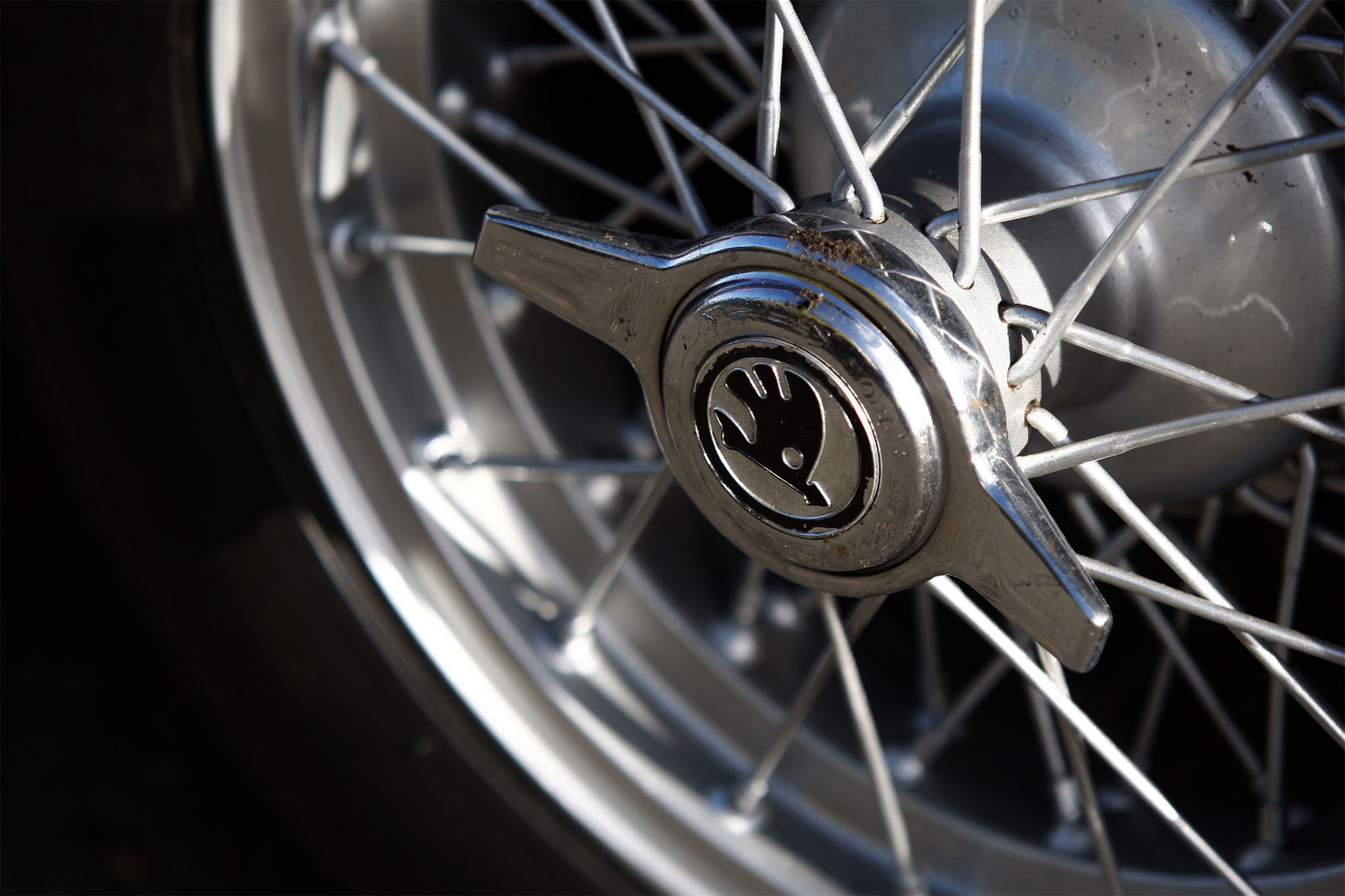
A brief moment of panic sets in, as my vision becomes ever filled with the fast approaching barriers ahead. It’s not a sticking throttle issue, though; I quickly realise my size 12 shoes aren’t an ideal fit for the 1100’s tiny pedal box, and I’m catching both the brake and throttle. A quick reposition later, and the car’s safely slowed for the near-90-degree corner thanks to the just about adequate quadruplet of drum brakes.
With lap two underway and more of the OHC’s idiocycracies taken care of, I decide it’s time to open the taps a little. And this is something that’s a treat. The 1.1-litre four-pot engine started out life in the humble Skoda 440 saloon - where it never produced more than 50bhp - but after some extensive modifications, it produces 92bhp at 7700rpm in this thing.
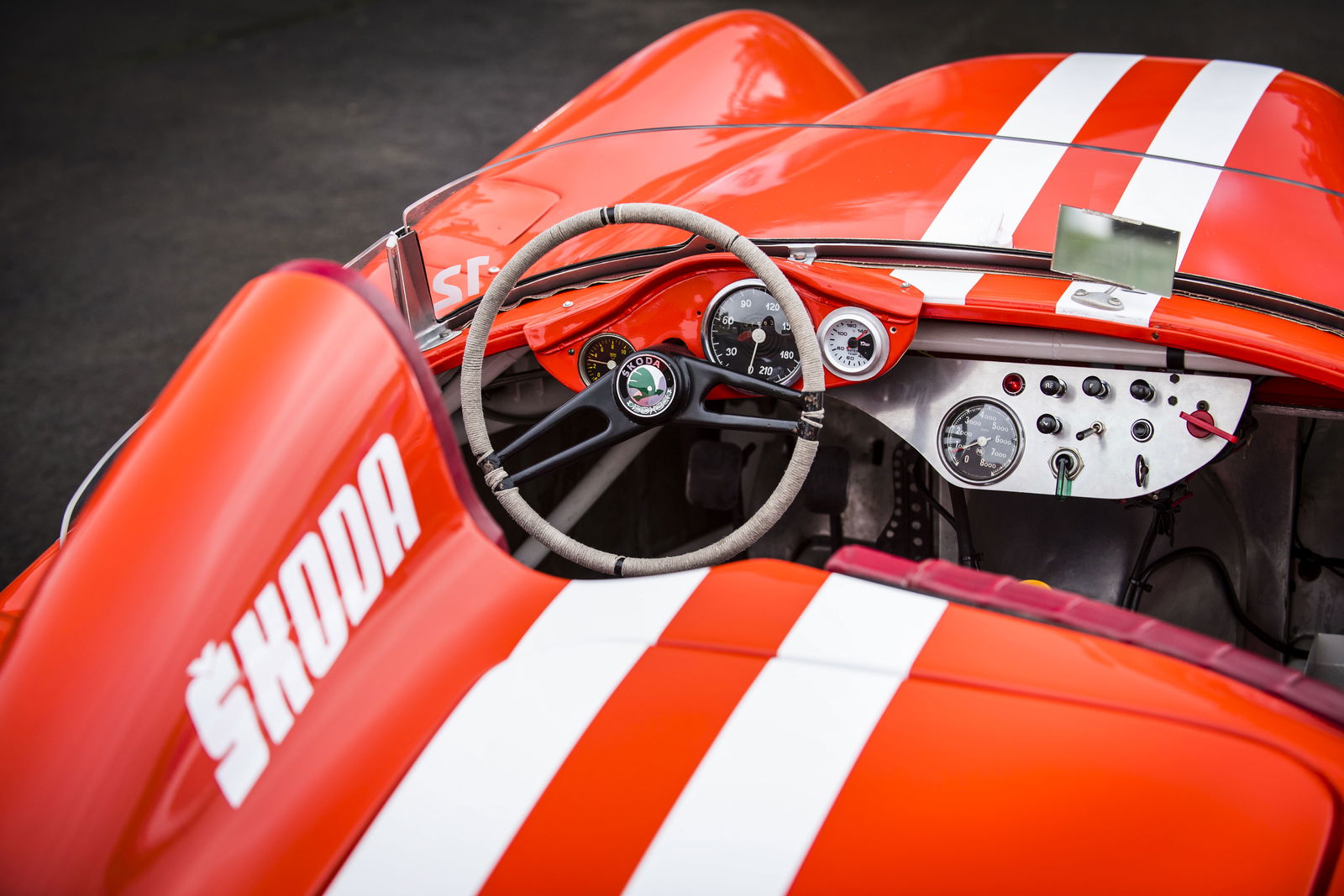
In a car weighing 550kg with cross-ply tyres cocooning its wire wheels, that’s plenty, not to mention bloody impressive for the era. With each gear you experience a burly mid-range grumble that transforms into a high-rpm bark, all while the fibreglass body rattles excitedly around you. Compared to the cosseting, easy-to-use sports cars of today, this is a figurative and literal breath of fresh air.
Another corner dispatched with a neat slide from the rear, and I’m ashamed/actually not that ashamed to admit I’m imagining myself as a racer from the 1960s. The 1100 OHC rarely competed outside Czechoslovakia, one of the expectations being at Leningrad (in case your Russian history is sketchy, that’s what we now know as St Petersberg) in 1962, which resulted in a one-two for drivers Miroslav Fousek and Jaroslav Bobek. This is perhaps why it’s such a little-known racing car these days. But that’s half the charm; it’s not like I’m nervously introducing myself to a legend here, instead this is all about the car, and a car that’s hilariously fun to drive yet utterly captivating all at the same time.
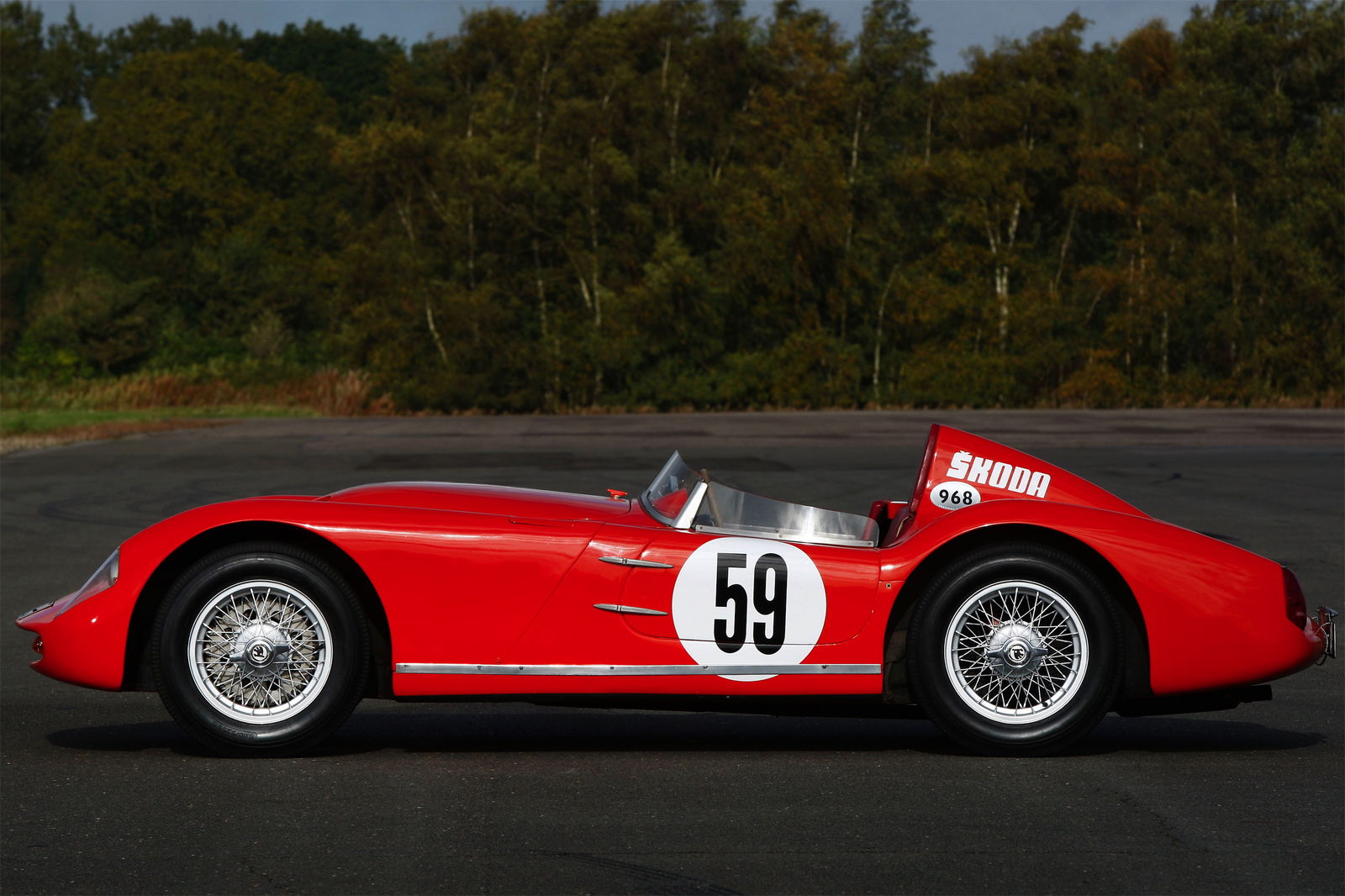
Just as I’m really getting to know this little Skoda, the chequered flag comes out and I’m ushered in. I feel privileged to have been given the chance to drive the 1100 OHC, yet deflated I don’t have more time to get to know it. There are other Skodas present I’m here to drive, but I’d quite happily just spend the rest of the day piloting the slidey red race car.
As I clumsily vacate the cockpit, I’m busy plotting how I can get behind the wheel once more. Some cars are too fascinating to drive once, and the Skoda 1100 OHC is sure as hell one of those.

Comments